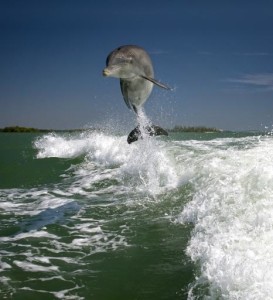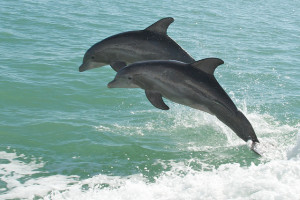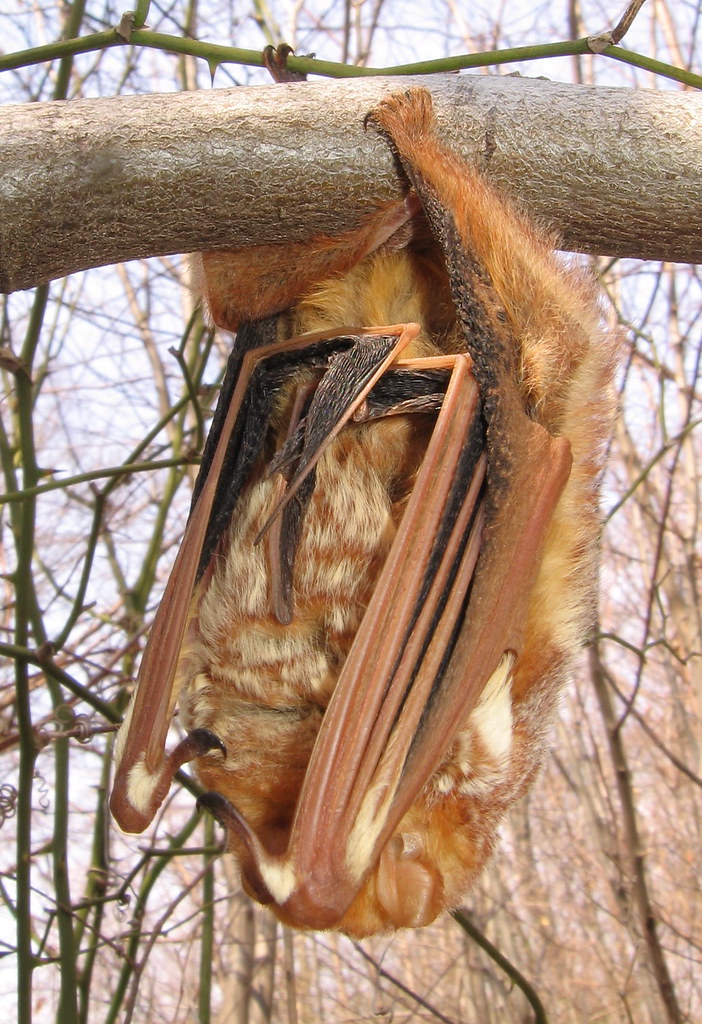We have much more to do and your continued support is needed now more than ever.
3 Million Pounds: The Hidden Legacy of the BP Oil Spill

Everywhere, from the courts where BP is trying to fudge the exact size of the oil spill, to the coasts of Florida, Mississippi, and Alabama, where they have declared their active cleanup work at an end, BP is trying to convince us that the spill was not as bad as we know it to be, and anyway, it’s all better now.
Just like the toys under my bed, it doesn’t take much for the real story to come tumbling out. After Tropical Storm Karen passed through Louisiana, a new 4,100 pound tar mat appeared on Fourchon Beach. While ‘only’ 10-20 percent of the tar mat is oil, the entire mess is considered hazardous. The locals might be counting themselves “lucky” though, as this new blob is nowhere near the size of the 40,000 pound tar mat that was discovered on Grand Terre, a barrier island off the coast of Louisiana, back in June.
The Oil Doesn’t Lie

The impact on wildlife cannot be understated, and three years later it is still being felt. Fishermen are struggling. It is also unclear what the impact on mammals at the top of the Gulf food chain will be. More than 800 bottlenose dolphins have washed ashore since the disaster began, more than 4 times average rates. Still others have been found underweight, anemic, or with signs of liver and lung disease: all symptoms consistent with other mammals exposed to oil. Yet there is no guarantee that this serious problem is getting the attention it deserves. We need to ensure that BP’s fines go to paying for Gulf habitat restoration.
![]() We need your help to do it. Take action and ensure that the bottlenose dolphin habitat gets the support it needs.
We need your help to do it. Take action and ensure that the bottlenose dolphin habitat gets the support it needs.





















